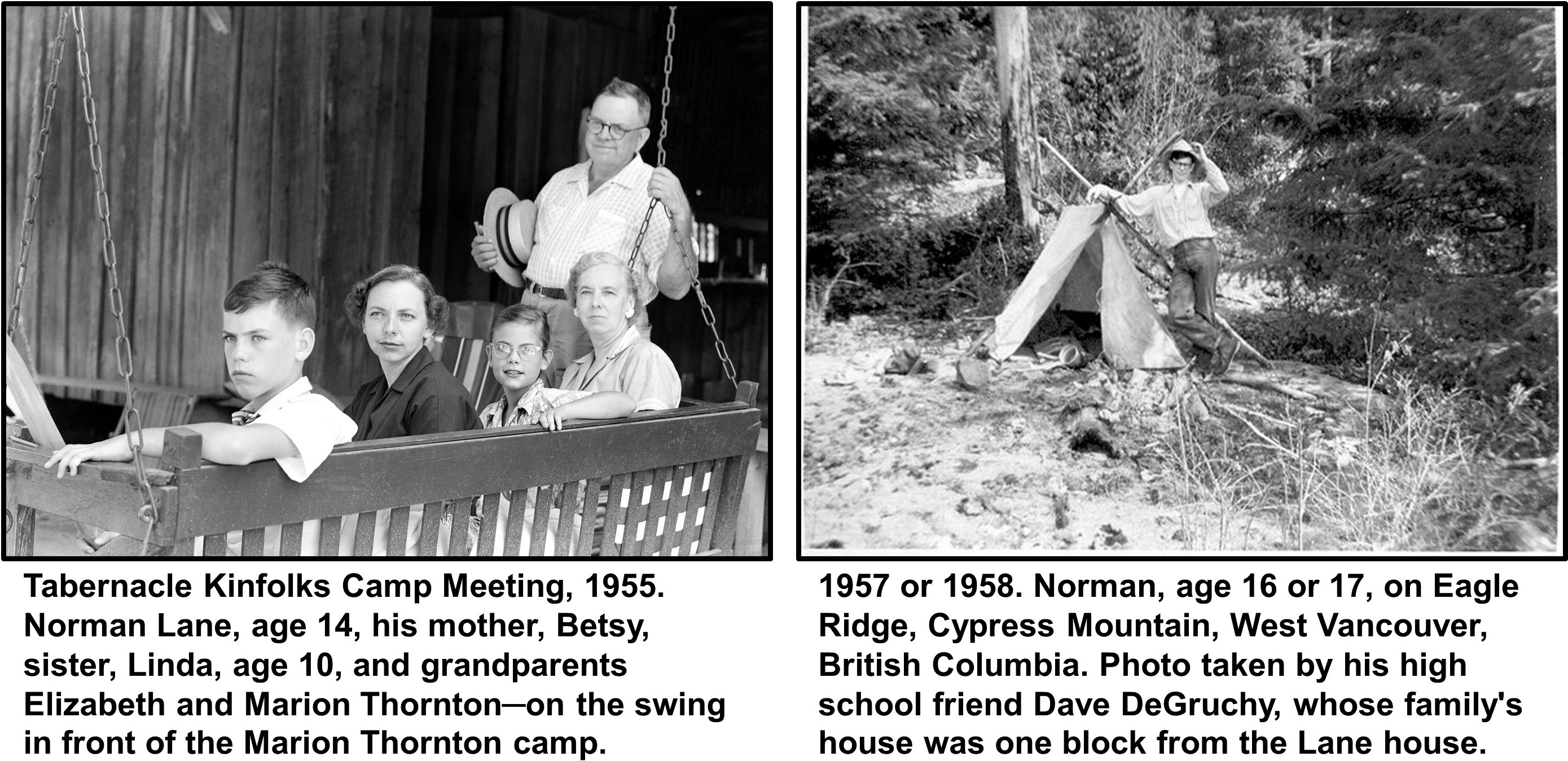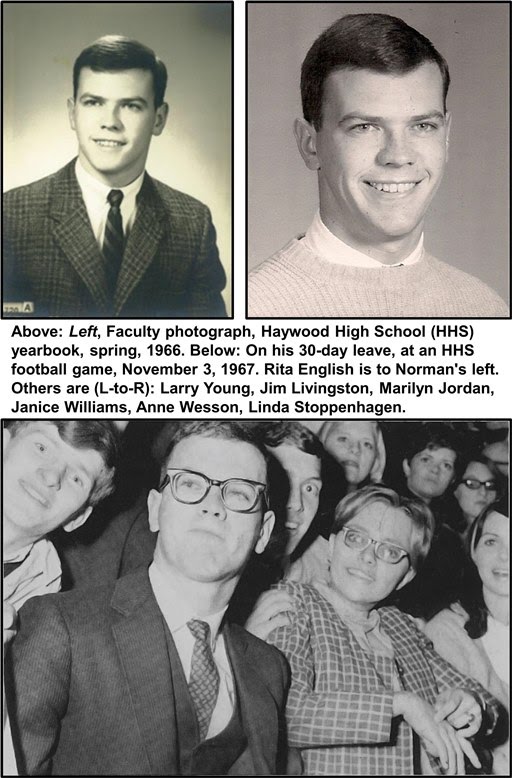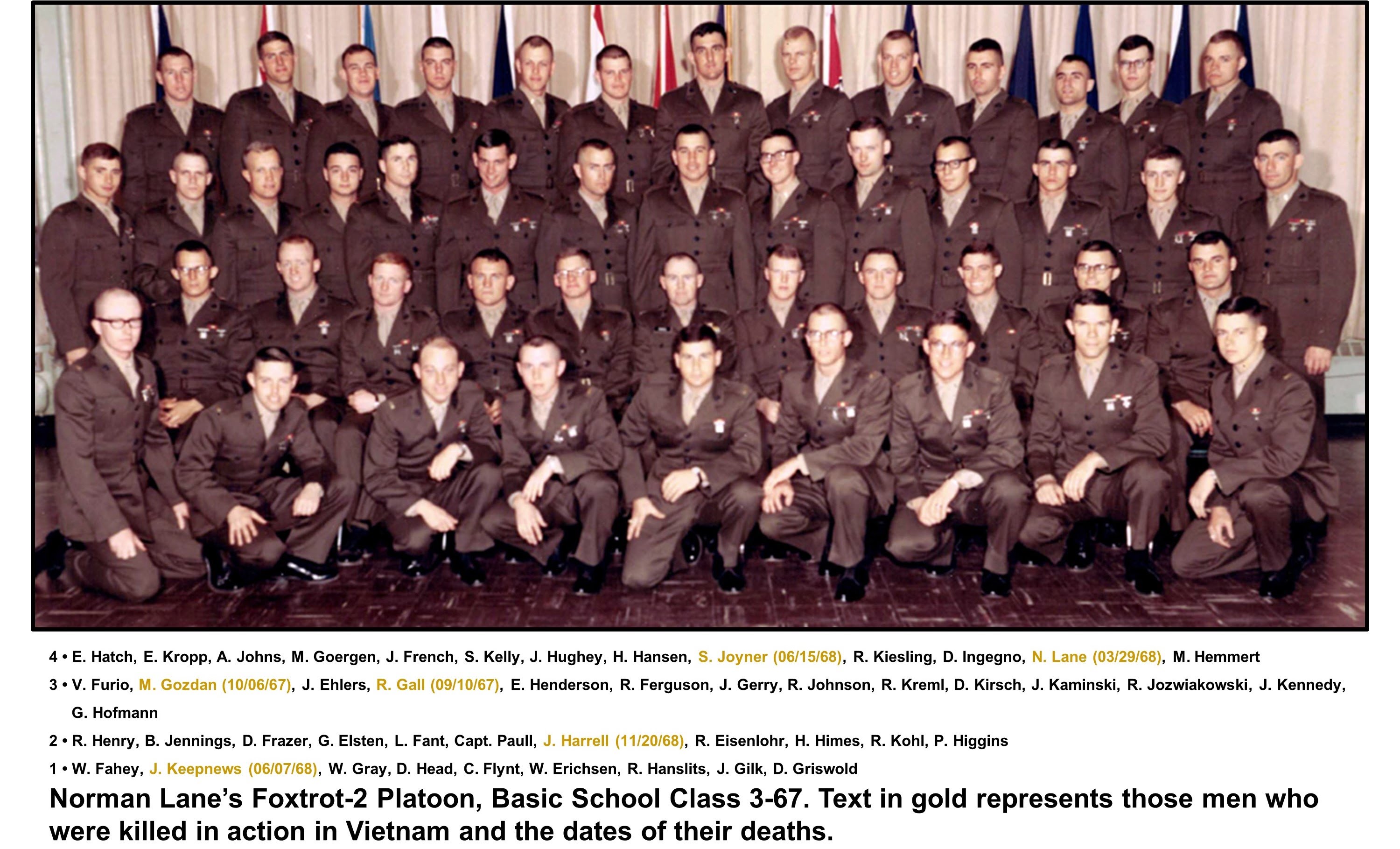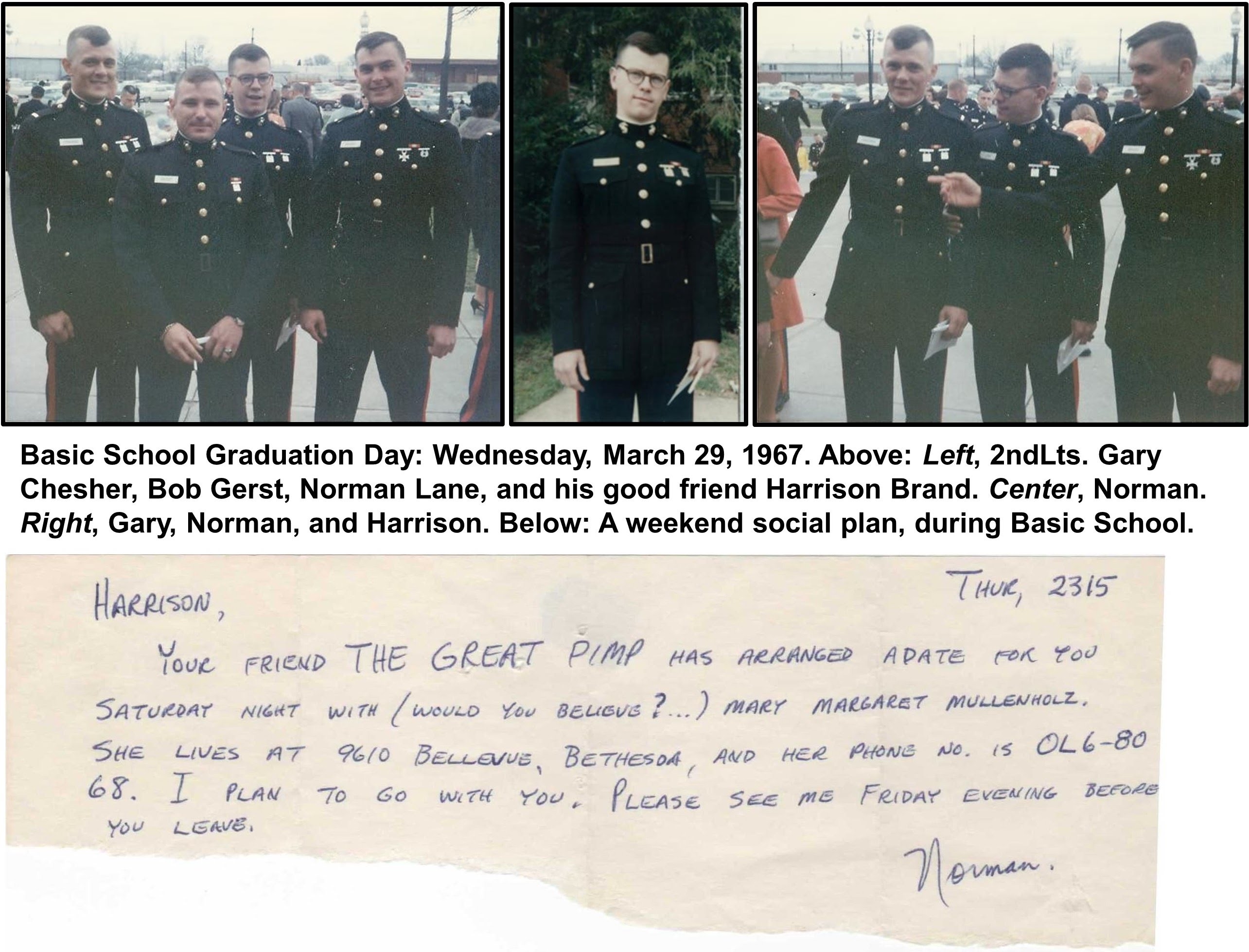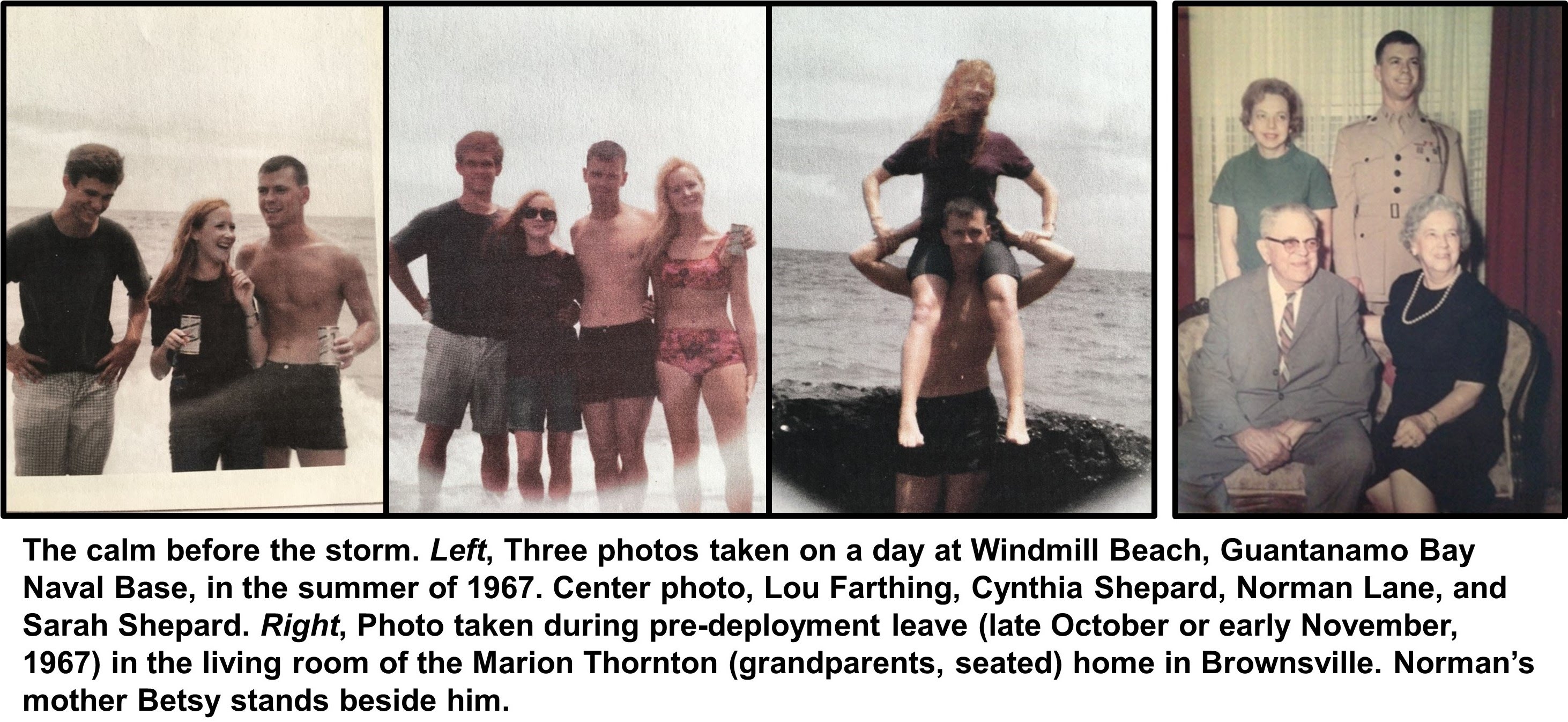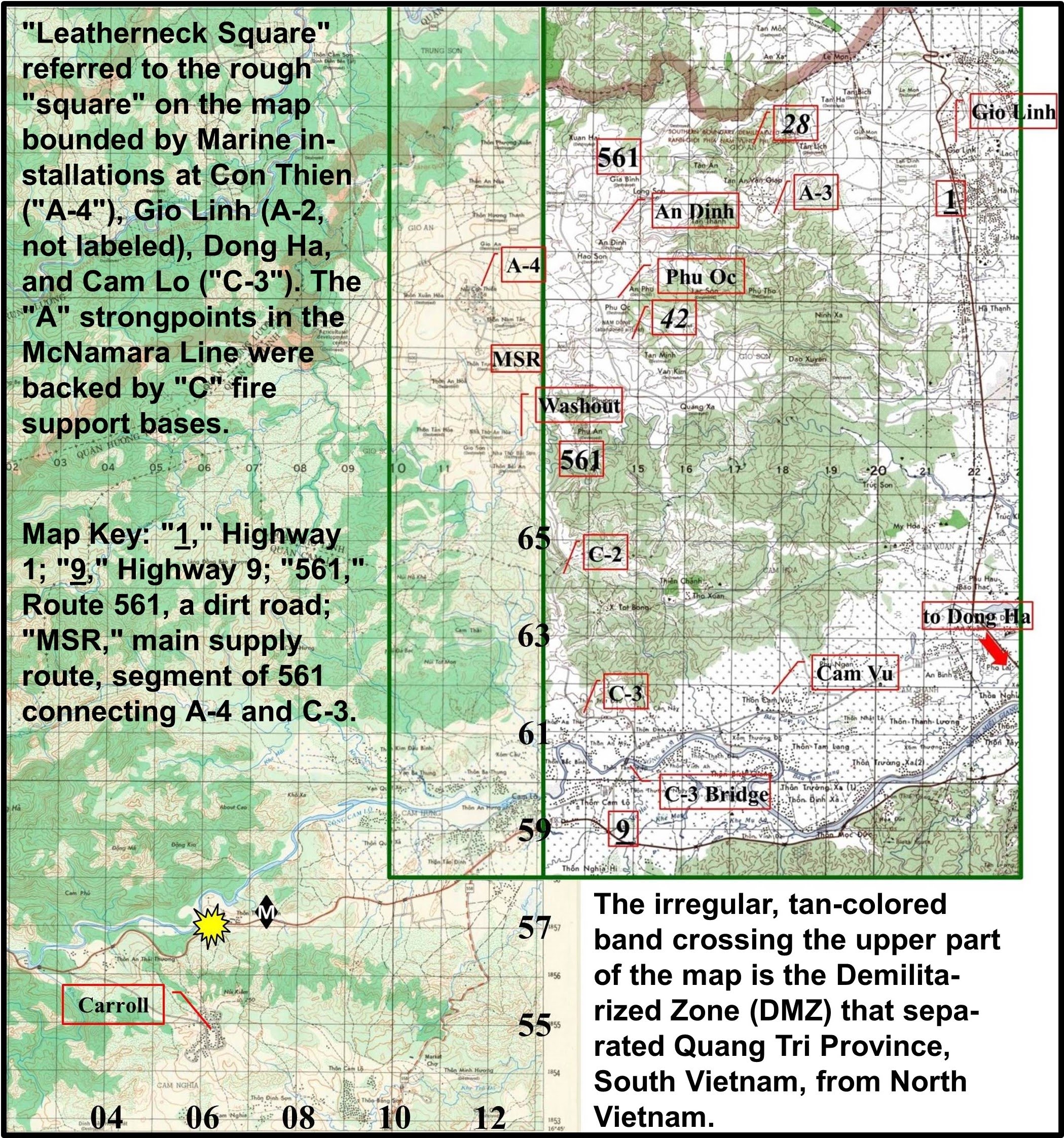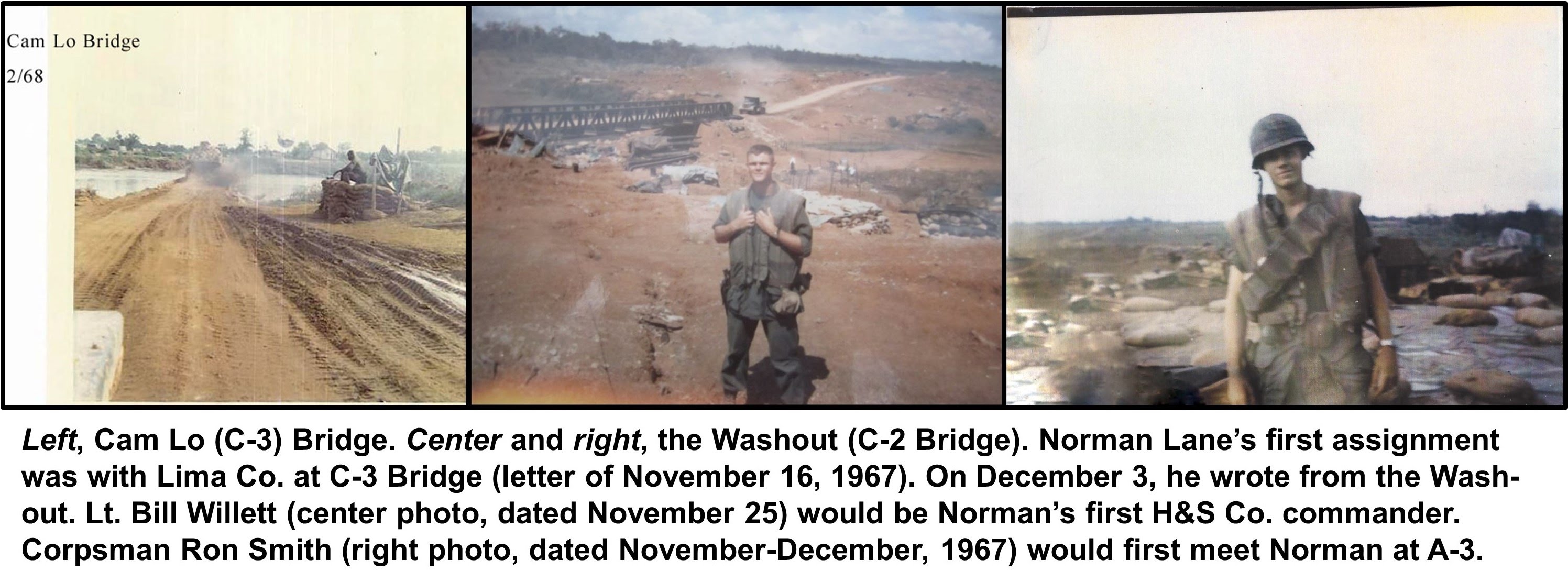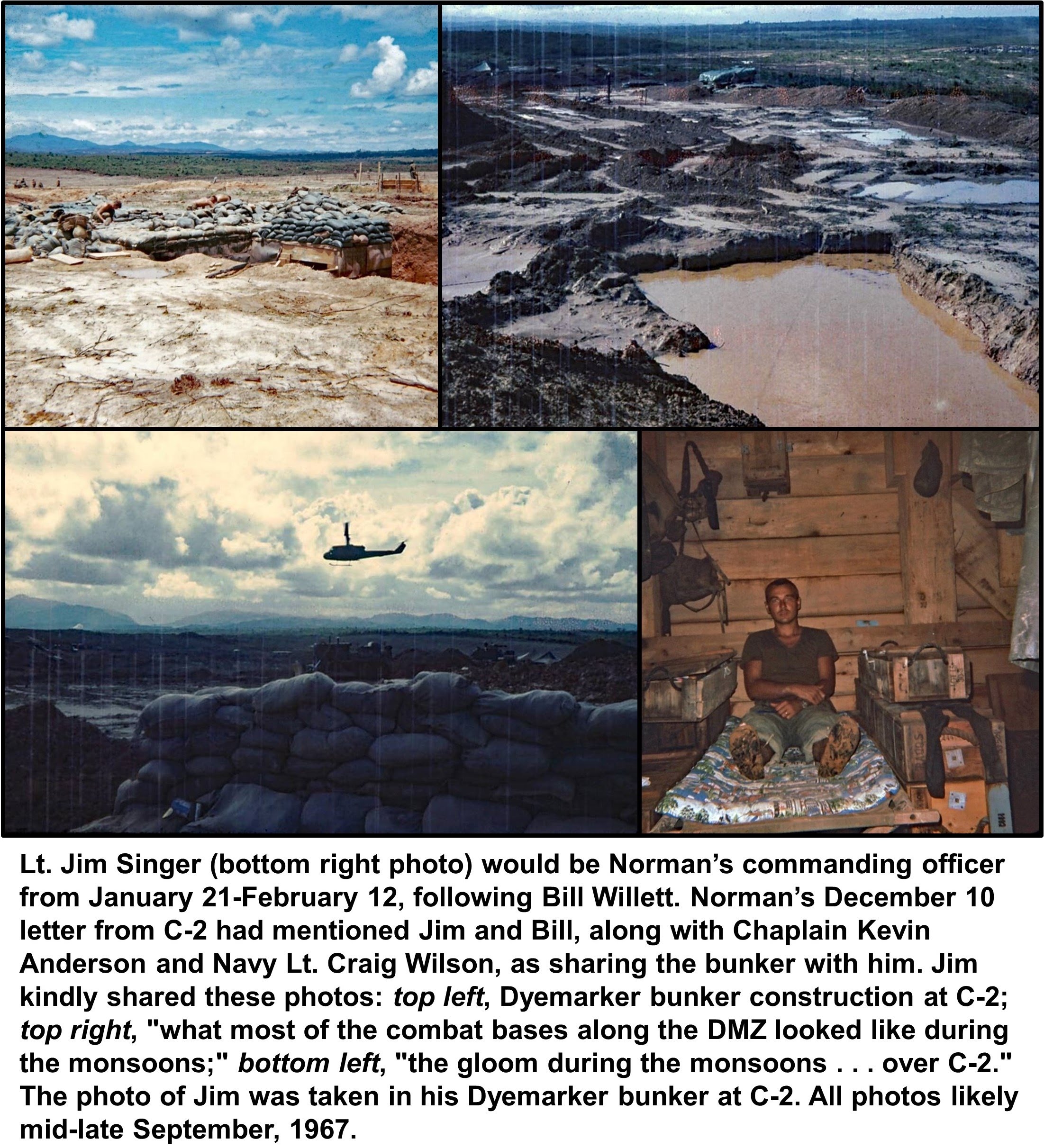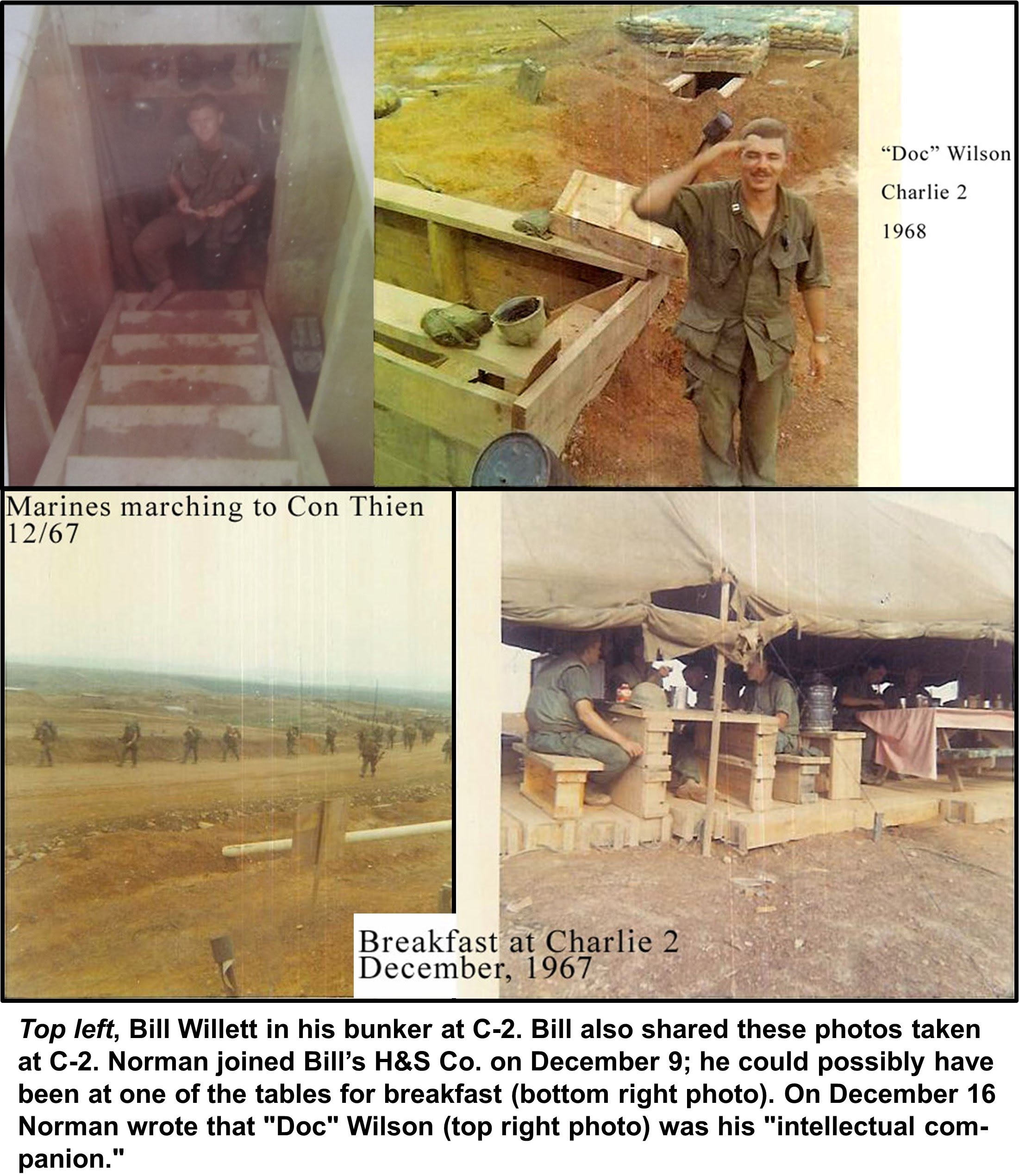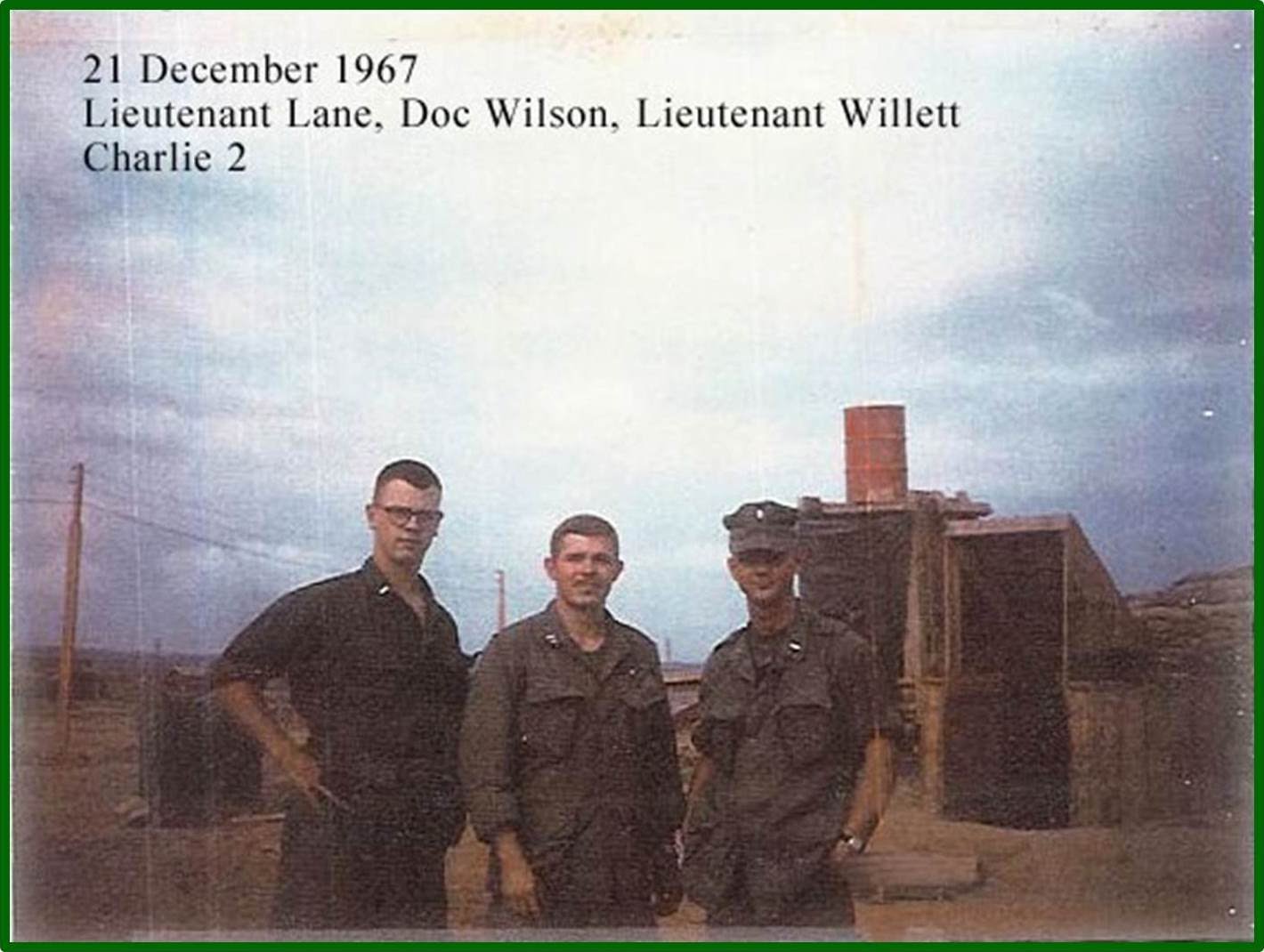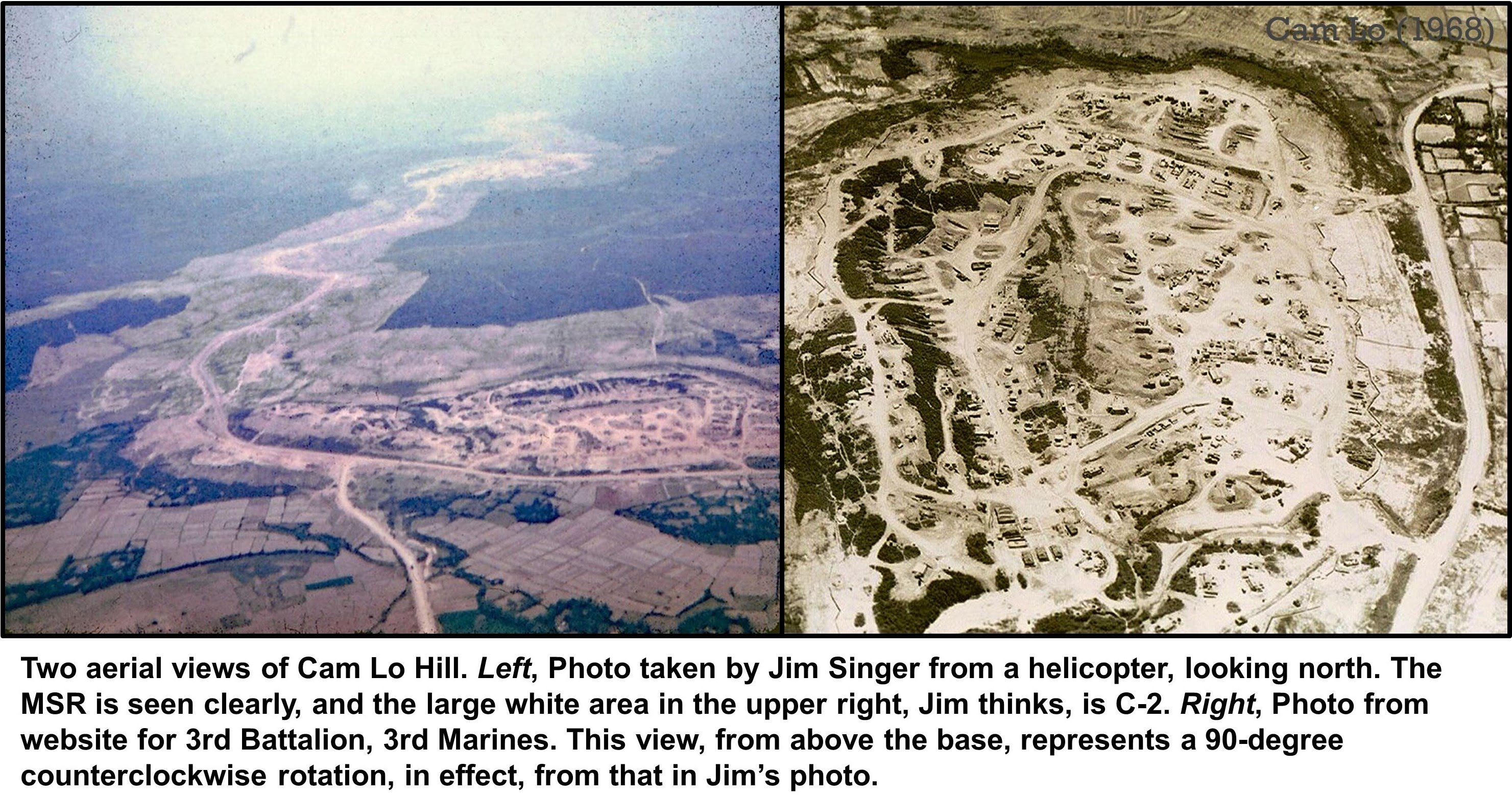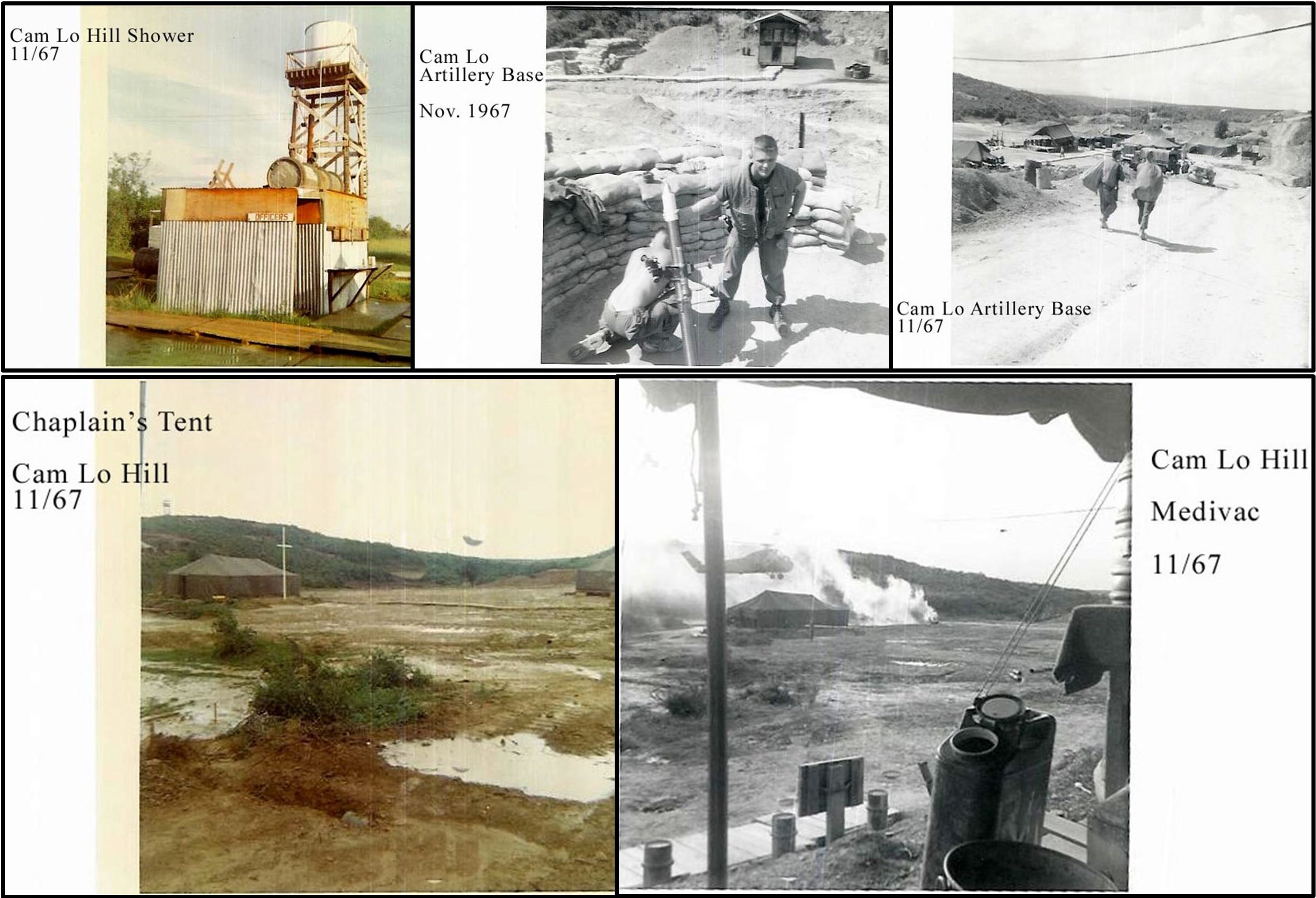Norman's StoryEight SeptembersAs the nonprofit organization that bears Norman's name completes its first seven years of work (February, 2014-April, 2021), the following timeline correlates significant events in his life, over the period September, 1960-September, 1967, with important points in US history. September 21, 1960: At age 19, Norman transferred to Vanderbilt University in Nashville for his junior and senior years of college. Five days before his first classes there, the Democratic presidential candidate, Massachusetts Senator John F. Kennedy, spoke to a crowd of 12-15,000 at Memorial Square in downtown Nashville. September, 1961: Norman, with his best friend Morton Holbrook and others, was spending the fall semester of his senior year as a student in the inaugural term of the Vanderbilt-in-France program, in Aix-en-Provence. As that September came to its end, five deaths had been recorded in attempts to escape East Berlin, about 720 miles from where Norman and his classmates were living and studying. The infamous Berlin Wall was 7 weeks old. September 19, 1962: Norman entered Vanderbilt Law School. Exactly one week before, speaking to a crowd of 40,000 at Rice Stadium in Houston, now-President John F. Kennedy had declared: We choose to go to the Moon. We choose to go to the Moon in this decade . . .September, 1963: As Norman began his second year of law school, it had become evident that he lacked the motivation for study and preparation in class—he may have lacked an aptitude for law, as well. Meanwhile, on a Sunday morning—September 15—a bomb planted under the steps of the African-American 16th Street Baptist Church in downtown Birmingham, Alabama, exploded, killing four innocent young girls, ages 11-14. September, 1964: Norman returned to law school—for his final year. Influenced to some extent by conversations with fellow law students in the Marine Corps Reserve, on September 18, 1964, Norman was examined at the Nashville Navy Recruiting Station, for the purpose of an application for Navy Officer Candidate School. September, 1965: Norman—without a law degree—was living in his grandparents' hometown of Brownsville, Tennessee, and teaching high school. In mid-September, the transport ship USNS Maurice Rose dropped anchor in the port of Qui Nhon, South Vietnam. Among the soldiers of the 1st Cavalry Division (Airmobile) to disembark there was Platoon Sergeant William A. Ferrell, from Stanton, Haywood County, Tennessee. September, 1966: Now-PFC Norman Lane, Marine Corps Reserve, was in the first weeks of rigorous, demanding physical and classroom training with the 41st Officer Candidates Course at Quantico. Since Norman had first begun classes at Vanderbilt, six years before, the number of US Marines in South Vietnam had risen from two at the end of 1960 to over 69,000 at the end of 1966. More than 5,000 Americans would die in action there over 1966. September, 1967: 2ndLt. Norman Lane left his assignment at Guantanamo Bay Naval Base for his last month of pre-deployment training at Camp Lejeune, North Carolina. Writing to his close friend Lynn Schiro on September 27, Norman told her, speaking of the enlisted Marines in his platoon: My platoon is the best in the company, by far. When I say, "What's the word, fourth platoon?" they hold their rifles (M16's) high with one hand and roar, "Kill!" Their morale is very high, even though they know 35 to 50% will die in Viet Nam.Norman Lane Jr.: The Young Man. 1951-1962Norman Edward Lane Jr. was born at Fort Sanders Hospital in Knoxville, Tennessee, on Sunday morning, February 23, 1941. His father Norman Sr. worked there as a Junior Structural Engineer for the Designs Department of TVA, and his mother Betsy was a homemaker. Norman's father would serve as a junior officer with the Navy and would spend eighteen months in the Pacific Theater over 1944-1945, during World War II. His mother's only brother, Marion Thornton Jr., would die in a mid-air collision over England on July 5, 1944, while flying with the 392nd Bomb Group. After his father's return from the service, Norman and his younger sister Linda lived with their parents in Denver and in the Los Angeles area before the family moved to West Vancouver, British Columbia, early in 1951. There, Norman Sr. was a civil engineer with the B.C. International Engineering Company in downtown Vancouver. As their maternal grandparents, Marion and Elizabeth Thornton, lived in Brownsville, Tennessee, and were direct descendants of the Howell Taylor family, Norman and his sister also spent many summers there and at the Taylor Kinfolks Campground, just outside Brownsville, during the annual August Camp Meetings. Sportswriter Len Corben, in an article published in the North and West Vancouver North Shore Outlook in 2010, revisited Norman's years as a student at West Vancouver High (the article can be read in full by following the link, https://tinyurl.com/Len-Corben-Memorial-Day): Norman . . . was the "Crazy Legs" Hirsch of the North Shore’s Gordon Sturtridge League . . . in 1955. . . . Fourteen-year-old Lane was the very starry receiver for the Tigercats in the local gridiron circuit’s first season when it was called the West Vancouver Six-Man League. . . . Lane, on the accelerated program at West Vancouver High, graduated a year ahead of his peers in 1958. A member of the school’s debating team, he was chosen as one of the seven . . . hosts and hostesses for the school’s grad banquet and dance at the Hotel Vancouver Ballroom that May 30th. His grad write-up in the yearbook said, "A deep thinker, Norm can’t understand why people can’t understand him. Born in Tennessee, he disclaims any relationship to Elvis and keeps Div. 9 in fits with his poetry."Norman had graduated from high school in three years. His sister Linda recalls, "Norman was so brilliant. . . . I remember not wanting the teachers at the junior high school I attended knowing that I was his sister because there was no way I could do as well as he did!" After two years at the University of British Columbia, at age nineteen, Norman transferred to Vanderbilt University in Nashville for his junior and senior years of college. His first classes at Vanderbilt would begin on Monday, September 26, 1960. Five days earlier, on September 21, the Democratic presidential candidate, Massachusetts Senator John F. Kennedy, had spoken to a crowd of 12-15,000 at Memorial Square in downtown Nashville. The late Pulitzer Prize-winning journalist and author David Halberstam, then a reporter for the Nashville Tennessean, covered Senator Kennedy's visit. The headline for his front-page story read, "U.S. Can't Afford to Stand Still: Kennedy." A year later—September, 1961—Norman, with his best friend Morton Holbrook and others, was spending the fall semester of his senior year as a student in the inaugural term of the Vanderbilt-in-France program of study, in Aix-en-Provence. As that September came to its end, five deaths had been recorded in attempts to escape East Berlin, about 720 miles from where Norman and his classmates were living and studying. Construction of the infamous Berlin Wall, dividing the city, had begun—under cover of darkness—during the night of August 12-13. The Transition: Questions? 1962-1965Norman graduated from Vanderbilt with a major in English in the spring of 1962. On September 19, 1962, he entered Vanderbilt Law School. Exactly one week before, speaking to a crowd of 40,000 at Rice Stadium in Houston, now-President John F. Kennedy had declared: We choose to go to the Moon. We choose to go to the Moon in this decade . . .Eight months later, on May 18, 1963, President Kennedy spoke at Vanderbilt, at the university's 90th Anniversary Convocation. At least three of Norman's good Vanderbilt friends and acquaintances—Morton Holbrook, and John Russell and Joe Myers (see below) heard the President's remarks. Norman's challenges in meeting the academic demands of law school became evident in his first semester there. By the end of the spring semester, during which his grades included two "Ds" and one very low "C," his cumulative average was a low "C." The situation never improved over the remainder of Norman Lane's three years and one summer session of law at Vanderbilt. There are two prevailing explanations for his performance, contributed by a fellow student: I do remember him as bright, engaging and clever . . . As smart as Norman was, I think, like many people, he simply did not have an aptitude for law. . . . Remember also that many of us in those days did not know ourselves very well until much later in life. Growing up in postwar America in the fifties was rather idyllic . . .To which was added, in a separate recollection: The . . . story was a site plan of the women's dorm at Vandy that Norman somehow obtained and had listed the name of each girl occupant and the room she occupied. . . . Obsessions with women . . . instead of law? Perhaps. Clearly he was not focused on the matter at hand and maybe due to immaturity.Among others, Norman became acquainted with John
Russell and Joe Myers, Vanderbilt graduates who had begun law school in the
fall of 1963. That summer, John and Joe had completed boot camp with the Marine
Corps Reserve, through the Platoon Leaders Class-Law (PLC-Law) program, and Joe
in particular has told me:
I was bullish on the PLC Law program because my 12 weeks
at Quantico had given me a focus and perhaps even confidence to buckle down in
law school which led to selection on Law Review, a high class rank and a part
scholarship for the last two years.
Joe recalls that Norman probably approached him because he had heard of Joe's involvement in the Marine Corps, and that this probably occurred in the spring of 1964, during Norman's second year of law school. As Joe said: In any event he sought John's advice on the Marine Corps as he did mine and John encouraged him to join.We know that Norman first reported for a physical in
September, 1964, at the Nashville Navy Recruiting Station, in order to be
considered for their Officer Candidate School (OCS). But over a year later, in
October, 1965, he was still writing to Lynn Schiro:
I shall apply to the Navy for appointment to OCS, I guess. . . .
Norman had left law school after the summer session of 1965, without having received a degree. He taught English and French at Haywood High School in Brownsville over the 1965-1966 academic year, and he also assisted Coach Russell Lindsey with the undefeated freshman football team that fall. From Mack Thornton, sophomore student in Norman’s English class, "I think everyone recognized his brilliance and wit and couldn’t get enough of it. . . . I remember John Hamby (nicknamed 'Toad') squashing a wasp on a window, and the rest of the class was devoted to 'the life of a wasp'. . . ."
Over the period 2016-2018, I was able to collect more than sixty complete letters that Norman Lane had written to his close Vanderbilt friend Lynn Schiro, his friend Sarah Shepard, and his pen pal Carol Weston; these letters cover the last thirty-nine months of his life—from December 14, 1964, until just before his death in Vietnam on March 29, 1968. To this collection are added two letters that Norman had written to his good friend, fellow Marine, and Vanderbilt law student, John Russell. Of the sixty-five total complete letters, eighteen were written by Norman in Vietnam. After his April 1, 1966, enlistment and the end of the high school spring term, Norman started work on July 5 at a Public Day Camp (as a Nature Study Specialist) in Scarsdale, New York. One of his students there was 9-year old Carol Weston (see above), who today is a very successful writer of children's literature, based in Manhattan. Norman's sister Linda had married on March 12, and their father had tragically been felled by a fatal heart attack on May 16. Norman's petition to reenter Vanderbilt Law School was denied one week later, on May 23. Accepted for Marine Corps OCS at some point between late May and mid-June of 1966, he excitedly wrote to John Russell, already a 2ndLt. in the Marine Corps Reserve, on June 22: John-baby! I got the final word from the Commandant, so it is definite now that I will report to Quantico on Aug. 22nd. . . . Like, is it OK to bring lots of underwear with me, or am I required to wear what they issue? . . . Do I get Christmas vacation? . . . I've decided that when I get out of the Marines, in 1969, I want to finish law school, then get an M.A. in biology.On Friday, August 19, Norman drove through Nashville, en route from his grandparents' home in Brownsville; on August 20, his "Record of Service" was activated at Quantico. "Duty under instruction" with the 41st OCC began on Monday, August 22. Since Norman had first begun classes at Vanderbilt, six years before, the number of US Marines in South Vietnam had risen from two at the end of 1960 to over 69,000 at the end of 1966. No Americans had been wounded or killed in action in Vietnam over 1960, but more than 5,000 men would die in action there over 1966. On September 18, in a letter to Lynn, then-PFC Lane was brutally honest with her as to the physical if not mental stress of the training regimen: But the past week was probably the worst week in my life. And it looks as if things will get worse every week. Just 6 weeks to go. I am being physically wrecked, but I think I can hang on. I have a big exam tomorrow. Will write when I can.Norman did hang on, and he graduated from OCS on Friday, October 28, just nine days after sister Linda’s first son Michael Nicholas was born. Now commissioned as a Second Lieutenant, Norman reported to The Basic School (TBS) at Quantico later that same afternoon. By mid-November, he was able to tell Lynn of the several Vanderbilt acquaintances also at Quantico: I see John [John Russell] pretty often, which is a pleasure. John Wilkes, Joe Myers, Chuck Cherry, Johnny Greenfield, John Holmgren, and Ruff Fant are also all here. Ruff graduated in '63 then went to Harvard Law School. He was a KA [Kappa Alpha fraternity] back then. He is in my platoon and is a really good man. Life at Basic School is easier, so far, than life at OCS.After graduating with TBS Class 3-67 on March 29, 1967, 2ndLt. Lane was assigned to 3rd Battalion, 6th Marines, at Camp Lejeune, North Carolina, and from there he deployed to Guantanamo Bay Naval Base, over May–mid-September. There he met and dated Sarah Shepard, the daughter of a Navy captain stationed at Guantanamo. During this time, Norman also received orders to report to "WestPac (TFAC [transient facility] Camp Butler . . .)"—Camp Smedley Butler, Okinawa—by "1Nov67." "WestPac" invariably meant Vietnam. Those orders were set back by two weeks, and Lt. Lane would leave Camp Lejeune on Friday the 13th—October 13, 1967—for his 30-day pre-deployment leave. He would see friends in North Carolina and Tennessee, including Nashville, and he would visit his mother and grandparents in Brownsville, where he would also say good-bye to the many former high school students there who were among his closest friends. He would also see Lynn Schiro in Memphis; as she said, many years later: Yes, it was the last time I saw him. It was very sad to me, but he was so enthusiastic about the great adventure before him, that it was easier to put aside my worries. And I was very happy that he had come to Memphis to say goodby. Of course, I didn't know that it would be forever. . . .Norman drove his car from Brownsville to New Orleans, said good-bye to his sister Linda and her family, and flew to Denver, where he saw Sarah Shepard, then a college student there. While in Denver, he called his old and best friend Morton Holbrook, then in Ann Arbor, for what would be their last conversation. The next day Lt. Lane flew to San Francisco and Travis Air Force Base, from which he would embark on "the great adventure before him." Vietnam: Wednesday, November 15, 1967–Friday, March 29, 1968Writing to Lynn Schiro on September 27, 1967, from Camp Lejeune, North Carolina, where he was in his last month of pre-deployment training, Norman told her, speaking of the enlisted Marines in his platoon: My platoon is the best in the company, by far. When I say, "What's the word, fourth platoon?" they hold their rifles (M16's) high with one hand and roar, "Kill!" Their morale is very high, even though they know 35 to 50% will die in Viet Nam.Allen Willyerd had grown up in Brownsville but had reported to Parris Island, South Carolina, for basic training with the Marine Corps in early September, 1966, less than two weeks after Norman had reported to Quantico. Though Allen was five years younger, he and Norman had become friends in Brownsville, during the summers that Norman had spent there with his grandparents. Following his 30-day pre-deployment leave, in November, 1967, Allen was also en route to Vietnam via Travis Air Force Base, where he met Norman—Lieutenant Lane—totally by chance. In 2014, Allen gave this recollection of their meeting, which was also reported in the November 17, 1967, issue of the Brownsville States-Graphic: So I walked out . . . I walked down the steps, and I turned left on the sidewalk, and I'm walking down through there. And here comes this officers' car. Well, I give it my best salute, and when I get to the front bumper of this car, I move over, and the doors start opening. In the back seat, coming out the door . . . NORMAN EDWARD LANE! And I said, "Norman!" Now if you're enlisted in the Marine Corps, and you call an officer by his first name, the first thing they're going to do is give the firing squad live ammunition! And then, it gets worse! But Norman got out with that little smile of his, and he put his arm around me, and we talked there for a minute, and we walked up beside, and he said, "Allen, in front of these other officers, you need to call me Lieutenant Lane." "I know! I know!"Over the period July 27 to November 13, 2017, I published 3 stories that described Norman's time with the Marine Corps at Guantanamo Bay and Camp Lejeune, as well as during his 30-day pre-deployment leave. Eleven more stories, written over December, 2017, to August 11, 2018, focused on his time in Vietnam, including excerpts from some of the 18 letters that I have, written by him there, and the aftermath. The dates for all of these stories correlate with events that occurred on the same dates in 1967 and 1968. You can access any or all of these stories, as well as brief introductions to each, by following this link: https://tinyurl.com/Norman-Lane-Vietnam Here I provide a brief synopsis of Lt. Norman Lane's time, 136 days, in Vietnam, and the end of that time. The topographic map (below) identifies those areas in which 3rd Battalion, 4th Marines (3/4 Marines), 3rd Marine Division, operated, in Quang Tri Province, from mid-July, 1967, to mid-April, 1968. As a 2ndLt., Norman was initially assigned command of Weapons Platoon, Lima Co., 3/4 Marines. Over the period from November 15-December 8, 1967, Norman was posted at two key bridge installations, the C-3, or Cam Lo, Bridge, and the Washout, or C-2 Bridge (refer to the map for locations and photos below). Writing to Lynn Schiro, by occasional moonlight, from C-3 Bridge on his second full day in Vietnam, Norman reported: The day I arrived here the Commanding General of the Division was killed [Major General Bruno Hochmuth was killed when his helicopter exploded and crashed five miles northwest of Hué]. As I said, I am as far out as Marines go. We sleep at night with our boots on and our guns loaded. The Vietnamese children are adorable. When they get older they loose [sic] much of their charm. This is a fascinating place.On December 9, Norman was reassigned to Headquarters & Service (H&S) Co., 3/4 Marines, as Assistant 81mm Mortar Platoon Commander. Now promoted to 1stLt., he moved to the C-2 (Charlie 2) fire support base (see photos below), on the main supply route (refer to the map). One week later, he wrote again to Lynn: Did I tell you I am at C2 now, a fairly safe place? I have a mortar platoon of 93 men. We are on a big hilltop from which I can see Con Thien, a few miles to the north, and Dong Ha, several miles to the SE. The worst thing about being here is putting up with the mediocre minds of Marine officers.The day after Christmas, 1967, the battalion relocated to Hill 28 ("28" on the map), north of "the Trace" (McNamara Line terminology) in the vicinity of a new base referred to as A-3. January, 1968, would be a deadly month for the battalion. Lima Co. would lose seven Marines in a violent engagement on January 7, and Lima and Mike Cos. would lose nine Marines, including one officer, and two Corpsmen in fighting on the 18th. On January 19, Norman wrote to John Russell from An Dinh (refer to the map), and on January 24 he started a letter to Sarah Shepard from Hill 42 ("42" on the map). In fierce fighting on January 25 and 27, the battalion would lose twenty-one Marines, including two officers, and two Corpsmen; the engagement on the 27th would become known as the Battle for Mike's Hill [Mike's Hill is indicated on the map by the lettered ("M") black diamond]. The day after the battle, Norman wrote again to Lynn from Camp Carroll (refer to the map): We have been fighting them pretty hotly for the last ten days, off and on, in several places. Yesterday was like in the war movies: a real pitched battle. We killed a couple of hundred of them, and they got a bunch of us. I was hit in my right forearm by a bullet, but it was about spent and it just bruised me. Bullets were flying around everywhere, and not many were spent, believe you me. The battle began in earnest a little before dawn and lasted until late afternoon. There is some question about the bullet that hit me — it is also possible that I was only bruised because it struck my rifle stock first or simultaneously and I got only a ricochet. All very exciting. My decision to join the Marines and come to Vietnam has been completely vindicated.In the months following his death, Lt. Lane would posthumously be awarded the Navy Commendation Medal, with combat "V," for his actions that day at Mike's Hill. While the Battle for Hué raged on for most of February, 1968, during the Tet Offensive, the month had been relatively quiet for 3/4 Marines at Camp Carroll and at the C-3 battalion base area (refer to the map and photos below), also known as Cam Lo Artillery Position or Cam Lo Hill. Writing to Lynn from Camp Carroll on February 11, Norman sums the military situation up as follows: There are times when our situation here resembles that of the heroes in Zulu. In fact I often compare myself and the rest of us to the British in the northwest territories of India, or to Hittites, Persians, or Egyptians of old, trying to put down a rebellion in an obscure province of a far-flung empire. Our basic problems are the very same, our fundamental experiences very similar. Zulu is still one of my favorite movies.But less than two weeks later, on February 24, Norman wrote to his friend Sarah Shepard from Dong Ha (refer to the map), where he was making arrangements for some courts-martial. He also served as the battalion trial counsel (prosecutor): The war isn't going badly at all. People are getting killed here and there, but that's to be expected. It's not nearly as dangerous over here as most people think. Besides, there is a charm on my life — they can't get me.The battalion, 3/4 Marines, had moved to the Cam Lo Hill facility (see photos above) on February 17. In 2016, former Navy Corpsman Bob Wilson, who had met Lt. Lane through his own assignment with Kilo Co., 3/4 Marines, recalled a relatively quiet period around Cam Lo Hill later that March of 1968: Cam Lo Viet Nam: On above date [Sunday, March 24, 1968] we "saddled up" for a "MED CAP" to treat civilian refugees at Cam Lo refugee village. "Things" had been quiet for a few days around Cam Lo. So, we had the opportunity to help civilians before moving out for "God knows where". Lt. Lane, CO of 81mm mortars volunteered to come along to help. He was well respected and we were glad to have him aboard. . . . At the village an "old Vietnamese man of probably 40" offered me some old coins for sale. I picked an 1898 Indo-China French Piastre. I had $2.00 military script . . . he was firm at $5.00. Lt. Lane overheard and offered to loan the $5.00. That was the caliber of man he was. When we were paid couple of days later, I paid the loan back, thanking him again.Five days later, on Friday, March 29, Norman had lunch with a TBS classmate, 1stLt. Michael Reilly. At a ceremony on the base planned for that afternoon, Norman's forward observer for 81mm mortars, Corporal Allen Fisk, would be promoted to Sergeant. The two Marines met after lunch and walked down to an old, unused mortar pit on the base, to review details prior to the ceremony. Lt. Lane was telling Cpl. Fisk about his new job as Supply Sergeant for the battalion and about the award ceremony, when they were both hit by incoming from an enemy 120mm mortar position. In the summer of 2017, Allen Fisk recalled the experience: When I was hit I had a very beautiful out of body experience. I rose through the dark, and many lost souls. Then I was in a tunnel, moving toward a light. When I got to a 'gate', a voice in my head said "you have to go back, you have work to do". Then I was awake and being treated by Doc Rosa. . . . Doc Rosa was the corpsman that saved my life.Another Corpsman, John Rose, was wounded with Cpl. Fisk and Lt. Lane and was med-evaced out with them. The Senior Corpsman with 3/4 Marines at Cam Lo Hill was Ron Smith (see his earlier photo at the Washout). On March 28, 2018, the eve of the 50th anniversary of the mortar attack that took Norman Lane's life, Ron added his recollection: We did receive numerous rocket and mortar attacks at Cam Lo. At least we did not experience the constant incoming artillery attacks we experienced at Con Thien. Needless to say, not as scary but just as deadly. . . . After that particular barrage and Lt. Lane and John Rose had been med-evaced, I went down to check on the 81 mortar team. It was then they showed me where Lt. Lane had been mortally wounded. That was when I reached down and picked up the shrapnel that remained in the crater. . . . I was very saddened to hear that he was killed almost instantly.I was honored to be able to meet Bob Wilson and Ron Smith at the 2016 VMI Conference we hosted that April. Later that evening, Ron gave me an honorary black short-sleeved shirt with "Third Battalion, Fourth Marines" embroidered above the chest pocket. As he gave me the shirt, Ron suggested that I would find something in the button-down pocket. When I opened the pocket, I found a small plastic bag inside. Inside the bag was the small piece of shrapnel that then-HM3 Ron Smith had picked up from that crater at Cam Lo Hill on the afternoon of Friday, March 29, 1968. Ever since, it has remained with me as I work at my desk. Back in Brownsville, it was about 2 a.m. Friday morning, March 29, 1968, when Norman Lane departed this life. He began his final journey home from Da Nang on Monday, April 1, arriving at Memphis Metropolitan Airport on the afternoon of April 4. This final commercial flight, bearing his casket from Philadelphia, was scheduled to arrive at 3:56 p.m. CST. From Hampton Sides' Hellhound on his Trail (New York: Anchor Books, 2011): Around 4:00 p.m. [Thursday, April 4, 1968, in Memphis], Galt trundled down the narrow staircase of Bessie Brewer's rooming house and got in his car.At precisely 6:01 p.m. a shot fired by "Eric Galt" from the moldy shared bathroom on the second floor of this Memphis "flophouse," also described as "a half-step up from homelessness," a 15-minute drive from Memphis Metropolitan Airport, mortally wounded Martin Luther King Jr. On Friday morning, April 5, Norman Lane and Martin Luther King both lay in repose, in two funeral homes 65 miles from each other. Norman E. Lane Jr. was laid to rest at Tabernacle Cemetery near Brownsville that afternoon. Palm Sunday would come 2 days later, on April 7. On the previous Sunday night, March 31, President Lyndon Johnson—in a nationally televised address—had shocked the American people by announcing that he would not be a candidate for the Democratic presidential nomination. As established two weeks after Dr. King's murder, Eric Galt had been but one alias used by James Earl Ray, who was arrested in London at Heathrow Airport on June 8, 1968, and pled guilty in 1969 to the murder of Dr. King. |
